 By Ray Bennett
By Ray Bennett
LONDON – Pete Docter says that many people seem to have the impression that making computer animation is easy: “Somehow, they think, oh, it’s computers. You just type in ‘make movie’ and enter. They have the thought that it’s easier because we use a computer.”
Docter knows all about computer animation. He directed the mammoth Disney/Pixar box office hit “Up”, which grossed $683 million in theatres around the world and has sold more than 6 million units, grossing more than $101 million, since it was released on DVD and Blu-ray Disc in the US on Nov. 10.
The tale of crusty widower Carl, who flies his home using balloons to a faraway paradise with only a boy scout for company, hits UK stores on DVD and Blu-ray on Feb. 15.
 The Minnesota-born animator (left) also had a hand in the stories for “Toy Story”, “Toy Story 2” and “Wall-E”, and directed “Monsters, Inc.”, which grossed $525.4 million in cinemas globally in 2001 and sold more than 11 million copies on DVD in the US the following year.
The Minnesota-born animator (left) also had a hand in the stories for “Toy Story”, “Toy Story 2” and “Wall-E”, and directed “Monsters, Inc.”, which grossed $525.4 million in cinemas globally in 2001 and sold more than 11 million copies on DVD in the US the following year.
On the phone from Los Angeles, he tells me the truth is that to make animated computer animation is no different from other films: “It’s the same process as live-action filmmaking and just as hard. We think about overs, twoshots and masters, lighting, all the same things. It’s a very hand-made process.”
One of the biggest challenges is to create the same warmth that moviegoers see in classic animation made using handpainted cells: “There is a tendency for things to look cold and crisp and perfect in this medium and we sweat blood getting it to look fuzzy, worn and low-res. Things that seem like they should be easy are actually very difficult and we spend lots of time getting it right.”
Docter, along with co-director and head writer Bob Peterson and production designer Ricky Nierva, paid great attention to creating the fine detail of Carl’s old house in “Up”, he says: “Getting the wear patterns where he would have walked often or the banister where he’d have placed his hands every day, that takes a lot of time; just thinking through the history of a place and the characters … that takes a lot of time.”
It also takes a lot of people with up to 350 working on the production over five years. Docter says that while they both worked on the story, Peterson was busy with the actors and getting the storyboards going while he worked with the animators, the lighting folk, the cameras and everything else.
He says, “It’s a very circular thing. We start with the words and once we get a script then we go to our storyboard artists, usually five to seven guys. They’ll draw it up and 99 times out of 100 we’ll find stuff that doesn’t work. Then we rewrite, cut stuff, add things, change it, and it cycles back and forth from drawing to writing to drawing until we get it right.”
Casting voices is vital but Docter says at Pixar they don’t worry about big name actors: “We just think about character. We strip little bits of dialogue from films with actors we’re interested in and play the audio while looking at images of our characters. Some voices just seem to put perfectly, and of course Carl and Ed Asner were a great fit.”
Christopher Plummer voices the great outdoorsman that Carl meets in the jungle, and Docter says casting the legendary stage and film actor brought about changes in the character.
Doctor says, “Our thought was that he was like Ernest Hemingway, a big brawly guy that you’d find telling stories in a bar. When we cast Plummer, he became a bit more educated and refined. You work with the actor and try to write so it becomes believable and whole. Plummer is an amazing guy to work with. I don’t think I’ve worked with an actor who is so prepared and instinctive.”
Despite complete belief in the project, Docter and the Disney/Pixar team still felt they faced a challenge in winning audiences: “Its general acceptance was a surprise because it was such a bizarre idea. All the other films we’ve done have an easily gettable hook: toys come to life, monsters in the closet are real. This one was a bit more difficult. The fact that is has done so well is very flattering.”
This story appeared in Cue Entertainment.

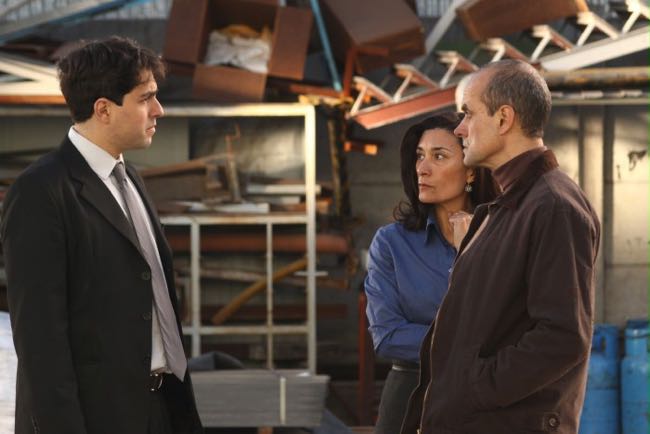
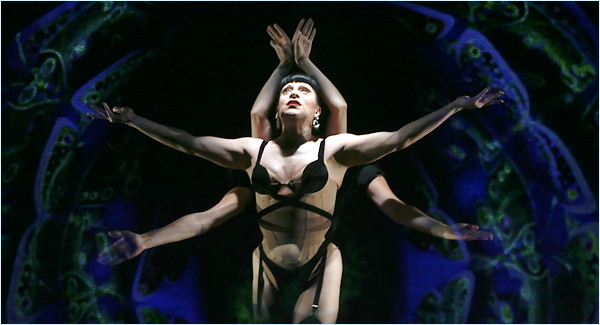

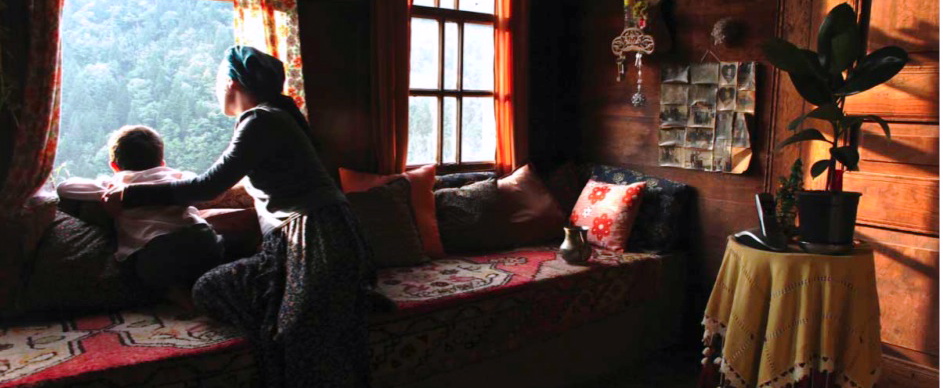
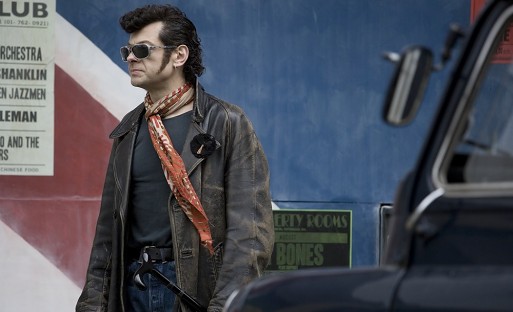


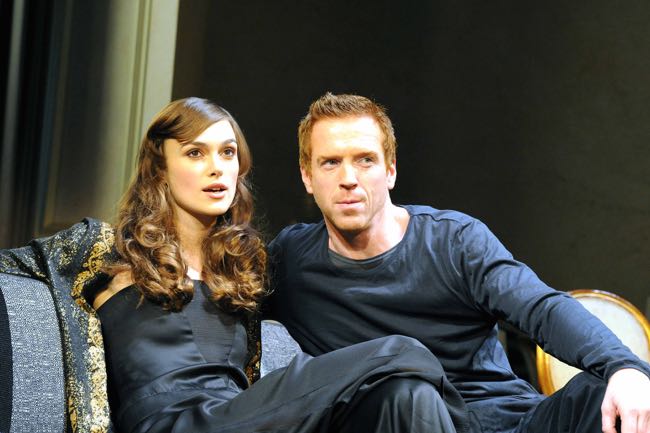
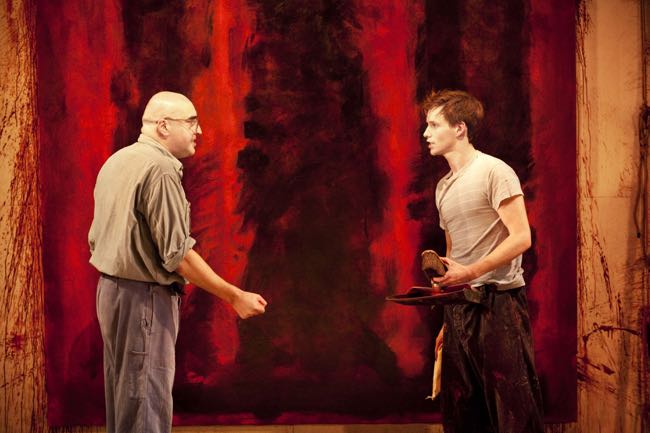

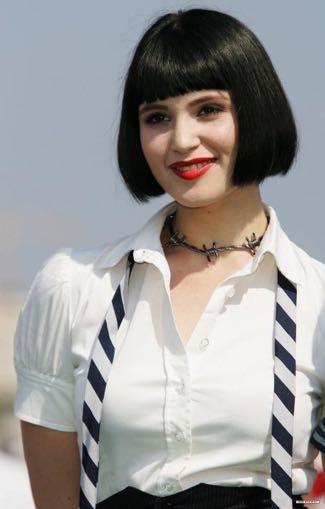
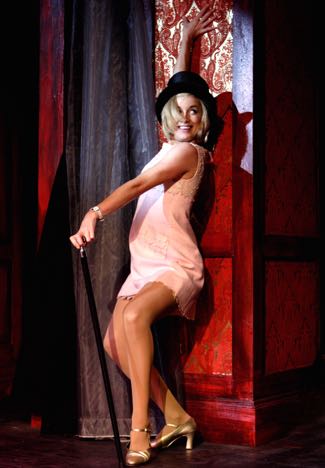
‘Up In the Air’ tops my 2009 Top 10 list
By Ray Bennett
Jason Reitman’s ‘Up In the Air’, starring George Clooney and Vera Farmiga (pictured) with Anna Kendrick, is my pick as the best movie released in the United States in 2009.
My Top 10 list for The Hollywood Reporter was a very tough call between “Up In the Air” (which Paramount releases in the U.K. on Jan. 15) and “The Hurt Locker” (which is out now on DVD and Blu-ray Disc) for top place as they are both excellent.
The list also excludes some titles screened only in the UK or at festivals, and they will be addressed in another post.